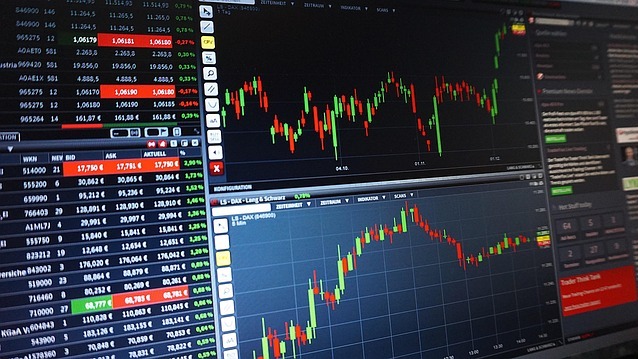
Sluggish Retail Sales in China Signals Consumption Concerns
China’s retail sales in April experienced a modest rise of 5.1%, falling short of analysts' projections of 5.5%. This underwhelming performance raises significant concerns regarding consumer spending in the world's second-largest economy. With a noted decrease in last month's sales growth, from 5.9% in March to this month’s report, the trajectory appears worrisome for both analysts and policymakers.
Impacts Beyond Retail: Industrial Performance and Investment Trends
While retail sales were soft, the news wasn't wholly bleak. Industrial output climbed 6.1% year-on-year, surpassing expectations that forecasted a 5.5% growth. This suggests that the pressures from the U.S. tariffs might not have had the anticipated adverse effects on manufacturing just yet. However, the fixed-asset investment, a vital indicator of economic health, increased 4.0%, slightly below the forecasted 4.2%. Notably, real estate investments have taken a hit, plummeting by 10.3%, illustrating persistent vulnerabilities in this sector.
Labor Market Developments Amidst Economic Tensions
Despite these economic fluctuations, the urban unemployment rate saw a minor improvement, dropping to 5.1%, from 5.2% in March. This slight easing hints at resilience in the labor market, even as economists remain alert to potential job losses driven by trade tensions between China and the U.S. As tariffs climbed significantly, concerns about employment surged, yet the latest data offers a glimmer of hope.
Looking Ahead: Economic Outlook and Strategies for Recovery
The National Bureau of Statistics cautioned against optimism, highlighting that the foundation for sustained economic recovery must be further solidified. With global economic conditions fluctuating, understanding these trends is essential for leaders at all levels. Businesses must enhance their recession readiness and be aware of workforce economics, particularly in how they adapt to interest rate impacts and inflation response strategies. As the situation evolves, it is critical for CFOs and CEOs to keep a vigilant eye on labor market trends and economic leadership to navigate potential market disruptions effectively.
As strategists scrutinize these economic report cards, the call for agile fiscal policy insights grows louder. Understanding the interplay of these metrics can pave the way for more informed business decisions moving forward.
 Add Row
Add Row  Add
Add 




Write A Comment